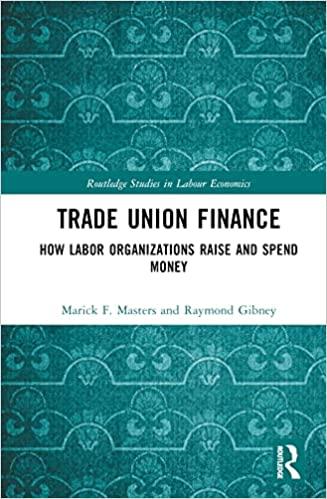Question
Case 8-1 Norman Corporation Questions A FINANCIAL ACCOUNTING CASE 8-1 Norman Corporation (A) Case Analysis I. TITLE OF THE CASE: Norman Corporation (A) II. BACKGROUND
Case 8-1
Norman Corporation
Questions A
FINANCIAL ACCOUNTING
CASE 8-1
Norman Corporation (A)
Case Analysis
I. TITLE OF THE CASE: Norman Corporation (A)
II. BACKGROUND OF THE CASE
Until 2010, Norman Corporation, a young manufacturer of specialty consumer products, had not
had its financial statements audited. It had, however, relied on the auditing firm of Kline & Burrows to
prepare its income tax returns. Because it was considering borrowing on a long-term note and the lender
surely would require audited statements. Norman decided to have its 2010 financial statements attested by
Kline & Burrows.
Kline & Burrows assigned Jennifer Warshaw to do preliminary work on the engagement, under
the direction of Allen Burrows. Normans financial vice president had prepared the preliminary financial
statements shown in Exhibit 1. In examining the information on which these financial statements were
based. Ms. Warshaw discovered the facts listed below. She referred these to Mr. Burrows.
1. In 2010 a group of female employees sued the company, asserting that their salaries were unjustifiably
lower than salaries of men doing comparable work. They asked for back pay of $250,000. A large
number of similar suits had been filed in other companies, but results were extremely varied. Normans
outside counsel thought that the company probably would win the suit but pointed out that the
decisions thus far were divided, and it was difficult to forecast the outcome. In any event, it was
unlikely that the suit would come to trial in 2011. No provision for this loss had been made in the
financial statements.
2. The company had a second lawsuit outstanding. It involved a customer who was injured by one of the
companys products. The customer asked for $500,000 damages. Based on discussions with the
customers attorney, Normans attorney believed that the suit probably could be settled for $50,000.
There was no guarantee for this, of course. On the other hand, if the suit went to trial, Norman might
win it. Norman did not carry product liability insurance. Norman reported $50,000 as a reserve for
contingencies, with a corresponding debit to retained earning
n 2010 plant maintenance expenditures were $44,000. Normally, plant maintenance expense was
about $60,000 a year, and $60,000 had indeed been budgeted for 2010. Management decided,
however, to economize in 2010, even though it was recognized that the amount would probably have
to be made up in future years. In view of this, the estimated income statement included an item of
$60,000 for plant maintenance expense, with an offsetting credit of $16,000 to a reserve account
included as noncurrent liability
4. In early January 2010 the company issued a 5 percent $100,000 bond to one of its stockholders in
return for $80,000 cash. The discount of $20,000 arose because the 5 percent interest rate was below
the going interest rate at the time; the stockholder thought that this arrangement provided a personal
income tax advantage as compared with an $80,000 bond at the market rate of interest. The company
included the $20,000 discount as one of the components of the asset other deferred charges on the
balance sheet and included the $100,000 as a non current liability. When questioned about this
treatment, the financial vice president said, I know that other companies may record such a
transaction differently, but after all we do owe $100,000. And anyway, what does it matter where the
discount appears?
5. The $20,000 bond discount was reduced by $784 in 2010, and Ms. Warshaw calculated that this was
the correct amount of amortization. However, the $784 was included as an item of non-operating
expense on the income statement, rather than being charged directly to retained earnings.
6. In connection with the issuance of the $100,000 bond, the company had incurred legal fees amounting
to $500. These cost were included in non-operating expense in the income statement because,
according to the financial vice president, issuing bonds is an unusual financial transaction for us, not a
routine operating transaction.
7. On January 2, 2010, the company had leased a new Lincoln Town Car, valued at $35,000, to be used
for various official company purposes. After three years of $13,581 annual year-end lease payments,
title to the car would pass to Norman, which expected to use the car through at least year-end 2014.
The $13,581 lease payment for 2010 was included in operating expenses in the income statement.
Although Mr. Burrows recognized that some of these transactions might affect the provision for
income taxes, he decided not to consider the possible tax implications until after he had thought
through the appropriate financial accounting treatment
How should each of the above seven items be reported in the 2010 income statement and balance sheet?
Step by Step Solution
There are 3 Steps involved in it
Step: 1

Get Instant Access to Expert-Tailored Solutions
See step-by-step solutions with expert insights and AI powered tools for academic success
Step: 2

Step: 3

Ace Your Homework with AI
Get the answers you need in no time with our AI-driven, step-by-step assistance
Get Started


